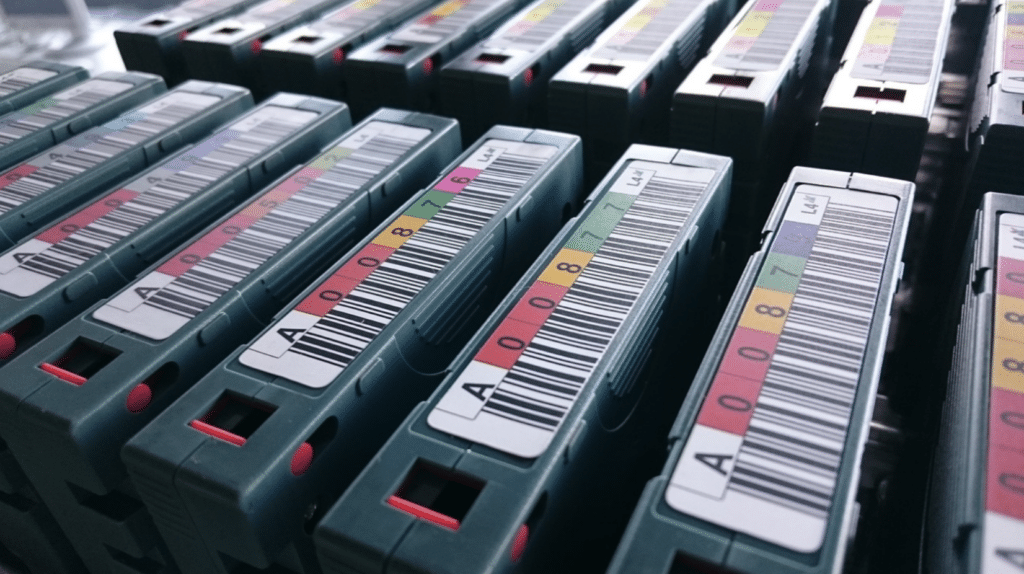In an age where cloud is on the rise and hard drives are in decline, NAS backup seems like a thing of the past. But there is still plenty of NAS storage out there - from departmental boxes to scale-out NAS - and data on such hardware needs to be backed up like any other data in the enterprise. However, there are some challenges with traditional NAS backup.
Traditional methods of protecting NAS files have long been popular, but now tend to result in poorer performance, higher operational costs, and vendor lock-in. After all, the technology has advanced significantly since it was developed. It is therefore not surprising that companies are now looking for alternatives to protect their ever-growing data volumes. Here, a vendor-independent approach to NAS file backup and management offers the best solution: NAS backup with continuous incremental backups and cloud archiving forms for quick restore points.
What are NAS files and how have they typically been protected?
But first, let's take a look at what NAS files are and how data has traditionally been protected in enterprise NAS storage.
NAS means network-attached storage, and a network-attached storage (NAS) device is a data storage device that is connected to and accessible from a network rather than connecting directly to a computer. NAS devices contain a processor and operating system so they can run applications and provide the functionality needed for easy file sharing by authorized individuals.
NDMP: Bypasses some problems but introduces others
The problem with NAS backups has existed since the dawn of the technology and has never really gone away. In 1995, the NDMP (Network Data Management Protocol) was developed, which is a standard protocol designed for NAS backups. This made NAS backup much easier and more reliable. A single backup application could protect multiple NAS devices simultaneously thanks to this technology, which quickly made NDMP the most popular solution for NAS backups. This circumvented some of the problems of in-place backup, but there are still issues with NDMP, which remains in fairly common use.
Why this traditional NAS backup is no longer the best solution today
A lot has happened in the IT world since 1995, but NDMP is still the most popular and widely used approach to NAS backup. It worked well then, but today it's not really enough to protect data in enterprise storage really well. The amounts of data are so large these days that NDMP is reaching its limits. Back then, a data set of 10 TB was already very large – today there are data sets with hundreds of terabytes and even petabytes.
So there are significant bottlenecks when backing up large amounts of data. Today, therefore, NDMP-based backup solutions are offered at image level - however, complete file systems have to be restored when only a single file is actually required. NDMP is also mostly based on the Speichermedium Tape, which is why a full backup is often required to avoid slow-to-recover incremental backups. Also, NDMP does not standardize a data format for NAS backups, the format must be determined by the solution providers themselves.
What better way to solve NAS backup these days?
One solution is new, vendor-agnostic approaches that back up NAS files while providing faster recovery, end-to-end incremental backups, and cloud archival forms.
Unstructured data sets of any size can be stored locally or in the cloud and fast file scans, data access and recovery down to individual files can be guaranteed. The NAS files are saved here in a generic format that allows for easy archiving and data recovery functionality. To avoid vendor lock-in, data is moved to user-preferred storage platforms. Such approaches are offered today, for example, by the company Rubrik.








